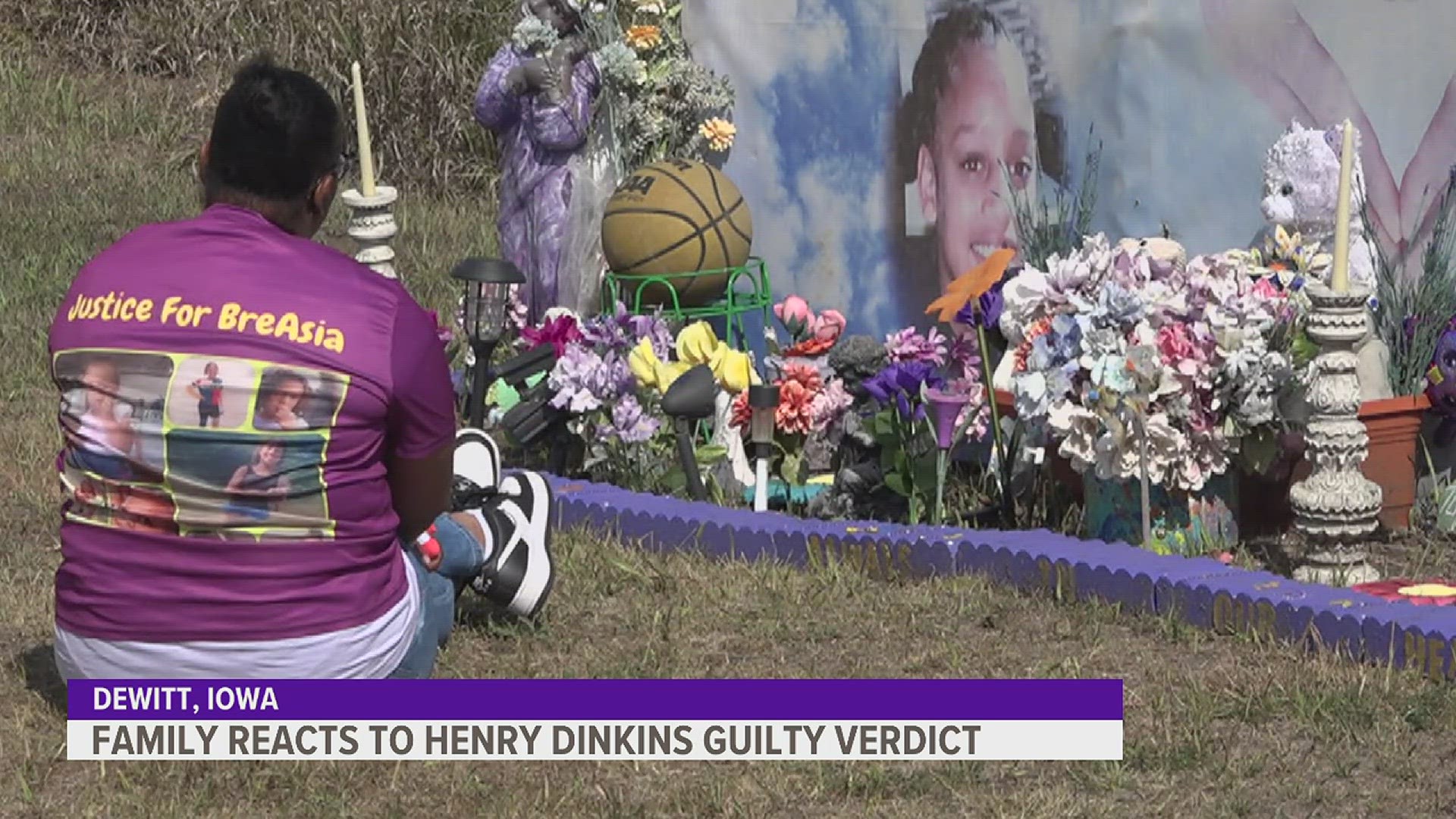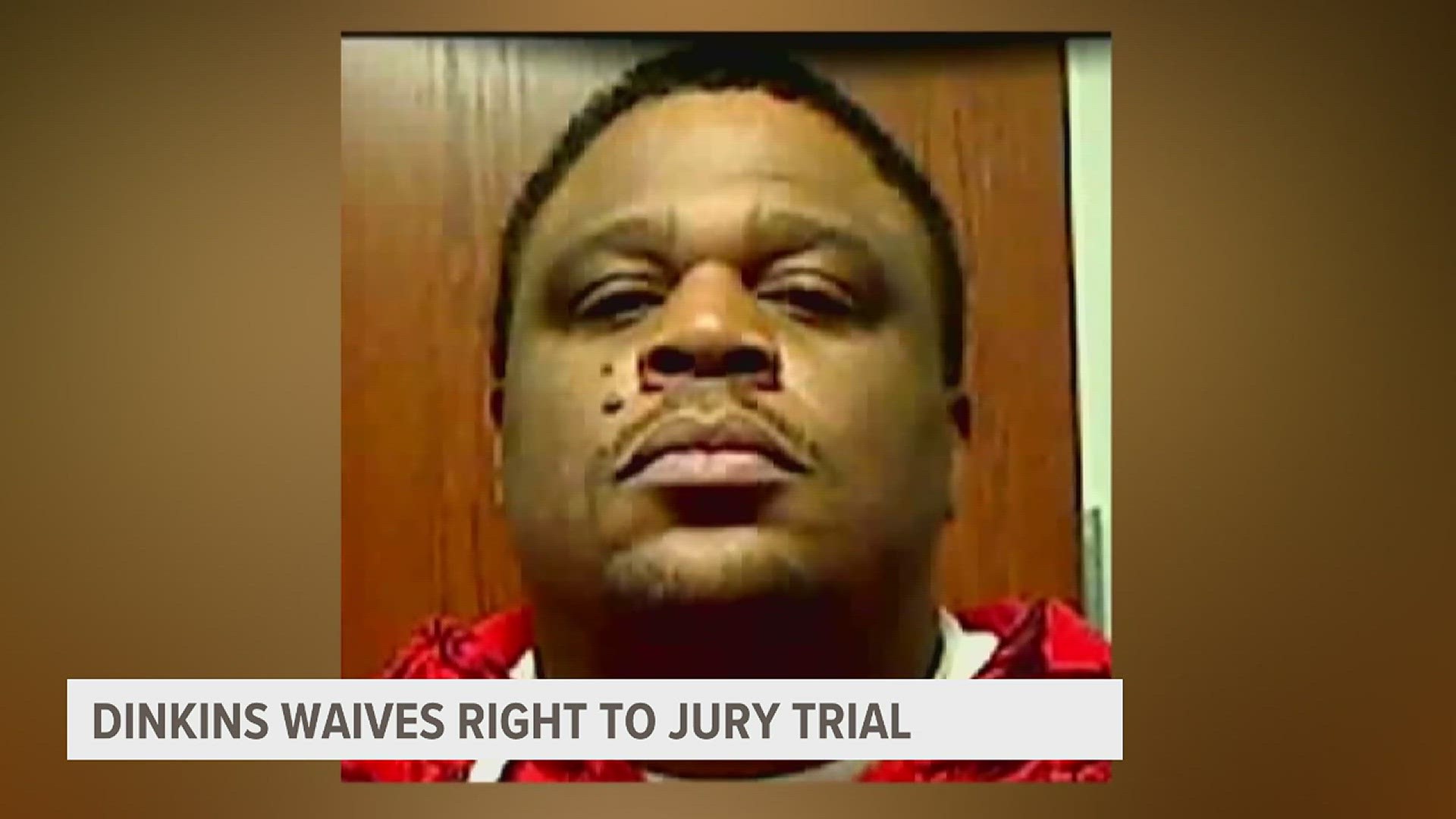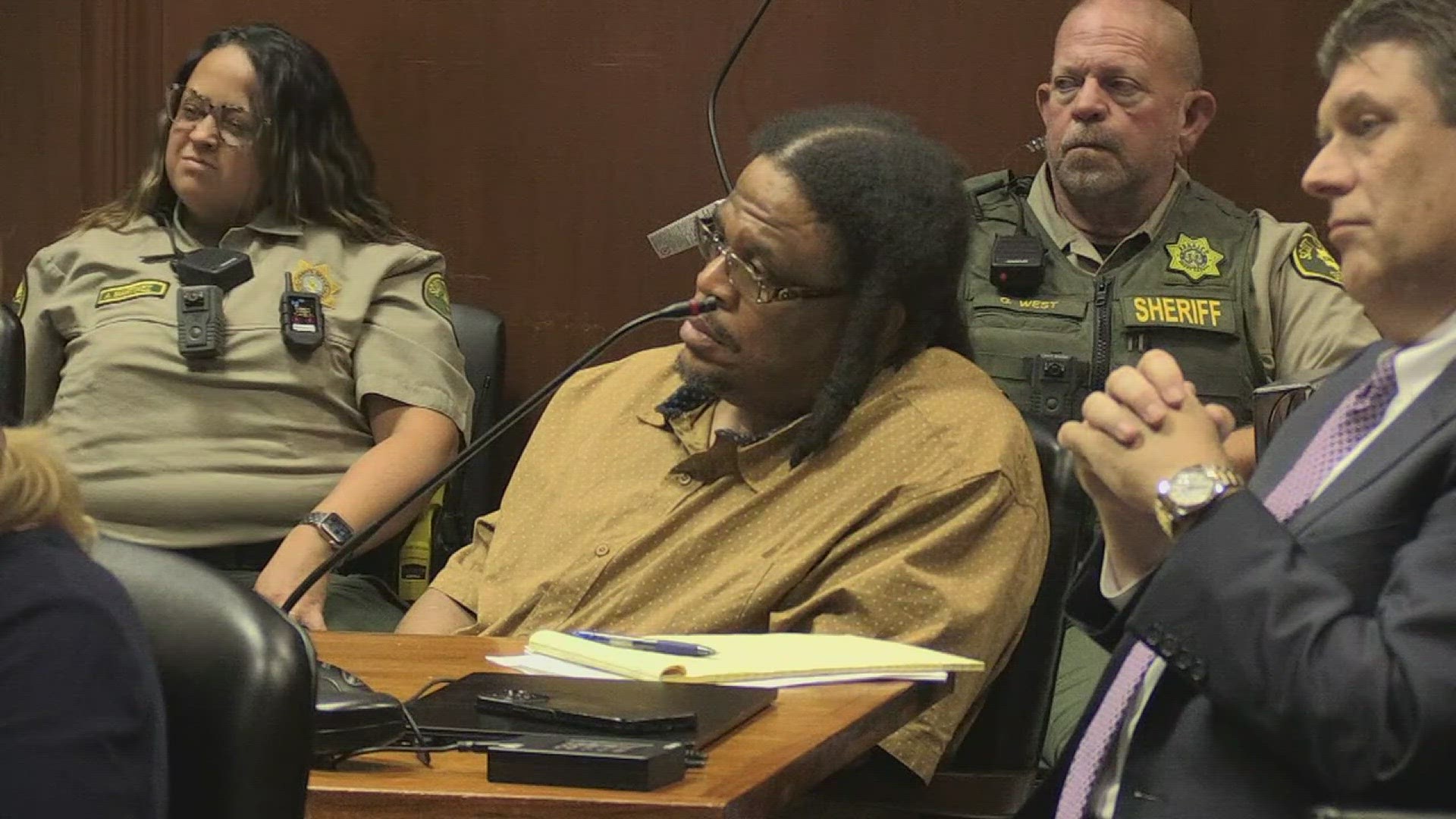Let’s dive into a story that has gripped the nation and sparked intense debates about justice, accountability, and systemic issues in America. The name Breasia Terrell might ring a bell for some, but for others, it’s a story waiting to be uncovered. What happened to Breasia Terrell? It’s a question that demands answers and shines a light on the complexities of modern society.
Imagine this: a young woman, barely in her twenties, at the center of a whirlwind of controversy. Her story isn’t just about one incident—it’s a reflection of broader societal challenges. From police brutality to media sensationalism, Breasia’s case has become a focal point for discussions on how we treat marginalized communities in America.
But before we dive headfirst into the details, let me remind you—this isn’t just another news article. This is an in-depth exploration of Breasia Terrell’s story, filled with raw emotions, hard-hitting truths, and a call to action. So buckle up, because we’re about to uncover the truth behind what really happened.
- Morgan Ingram Mom The Story Of Strength Love And Resilience
- Bella Thorne Engagement Ring A Glittering Story Of Love And Style
Who Is Breasia Terrell?
Before we can fully understand the events surrounding her, let’s take a moment to get to know Breasia Terrell. Born and raised in a small town in Mississippi, Breasia wasn’t your average girl. She had dreams, aspirations, and a fire burning inside her that refused to be extinguished. But life in America isn’t always fair, especially for Black women who often find themselves caught between systemic racism and societal expectations.
Here’s a quick snapshot of Breasia:
| Full Name | Breasia Terrell |
|---|---|
| Age | 22 (at the time of the incident) |
| Location | Mississippi, USA |
| Occupation | Student and aspiring social worker |
| Key Event | Involvement in a high-profile police encounter |
But there’s more to Breasia than just these facts. She was a daughter, a sister, and a friend to many. Her story is one of resilience, but also one of tragedy.
- Dax Shepard Relapse A Candid Look At His Journey Recovery And Lessons Learned
- Mercury Conjunct Neptune Transit Unlocking The Mysteries Of Cosmic Alignment
The Incident That Changed Everything
It was a day like any other—until it wasn’t. On that fateful day, Breasia Terrell found herself in the middle of a police encounter that would change her life forever. The details are murky, with conflicting reports from both sides. But one thing is clear: the way the incident unfolded has sparked outrage across the nation.
According to initial reports, Breasia was pulled over for a routine traffic stop. But things quickly escalated, leading to accusations of excessive force and misconduct. The question on everyone’s mind? Why did it have to go this far?
What Really Happened During the Stop?
Let’s break it down. The police claim that Breasia was uncooperative during the stop, leading to the use of force. On the other hand, witnesses and Breasia herself have painted a different picture—one of fear, misunderstanding, and a lack of communication. Here’s a list of key points from both sides:
- Police Version: Breasia resisted arrest and ignored repeated commands.
- Breasia’s Version: She was terrified and didn’t understand why she was being targeted.
- Witness Accounts: Some bystanders claim the police used unnecessary force, escalating an already tense situation.
It’s a classic case of he-said-she-said, but the truth is often somewhere in the middle. And as we’ll explore later, the truth matters—especially when lives are on the line.
Systemic Issues Uncovered
Breasia Terrell’s story is more than just about one incident. It’s a reflection of deeper systemic issues that have plagued America for decades. From racial profiling to unequal treatment under the law, the problems are vast and complex. But how do these issues play into Breasia’s case?
Take a moment to think about it. Why is it that Black women, in particular, often face disproportionate scrutiny from law enforcement? Why are their voices often drowned out in the noise of public opinion? These are questions we need to ask ourselves as a society.
Statistical Insights
Let’s look at some numbers. According to a report by the National Institute of Justice, Black women are three times more likely to experience police violence than their white counterparts. That’s a staggering statistic that demands attention. Here are a few more facts to consider:
- Black women are often overlooked in discussions about police brutality, despite being disproportionately affected.
- Only 1 in 10 cases of police misconduct involving Black women result in meaningful accountability.
- The media coverage of such cases is often biased, focusing more on the actions of the individual rather than the systemic issues at play.
These numbers tell a story—a story of inequality and injustice that Breasia Terrell’s case brings to the forefront.
The Role of the Media
Media plays a crucial role in shaping public perception, and Breasia Terrell’s case is no exception. From sensational headlines to biased reporting, the media has a significant impact on how we view events like this. But is the media doing its job fairly?
Some argue that the media has a responsibility to present the facts objectively, without sensationalism. Others believe that the media has a duty to amplify marginalized voices and bring attention to systemic issues. Where do we draw the line?
How the Media Covered Breasia’s Case
Let’s take a closer look at how Breasia’s story was covered in the media. Some outlets focused on the details of the incident itself, while others delved into the broader context of systemic racism. Here’s a breakdown of the coverage:
- Mainstream Media: Focused heavily on the incident, with limited exploration of systemic issues.
- Independent Media: Provided more in-depth analysis, highlighting the broader implications of Breasia’s case.
- Social Media: Became a platform for activism, with hashtags like #JusticeForBreasia trending worldwide.
It’s clear that the media’s role in shaping public opinion is both powerful and complex. But as consumers of information, we have a responsibility to seek out the truth ourselves.
Public Reaction and Activism
Breasia Terrell’s case didn’t go unnoticed. It sparked widespread outrage and a wave of activism that swept across the nation. From protests to petitions, people from all walks of life came together to demand justice for Breasia.
But activism isn’t just about marching in the streets. It’s about creating meaningful change, and that starts with education and awareness. Here are a few ways people have taken action:
- Organizing community events to discuss systemic racism and police brutality.
- Signing petitions and contacting local officials to demand accountability.
- Using social media to amplify Breasia’s story and raise awareness about similar cases.
It’s inspiring to see so many people coming together for a common cause. But the fight for justice is far from over.
The Legal Battle
Like many cases involving police misconduct, Breasia Terrell’s case has taken a legal turn. The legal system is often slow-moving and complex, but it’s also where accountability is supposed to happen. So, what’s the current status of Breasia’s case?
As of now, the investigation is ongoing, with both sides presenting their arguments in court. The outcome will have far-reaching implications—not just for Breasia, but for countless others who have faced similar injustices.
Key Legal Issues
Here are some of the key legal questions surrounding Breasia’s case:
- Was excessive force used during the incident?
- Did the police follow proper protocol during the stop?
- What role does systemic racism play in cases like this?
These questions are crucial in determining the truth and ensuring justice is served.
Lessons Learned
Breasia Terrell’s story is a powerful reminder of the work that still needs to be done in America. It’s a story of resilience, but also one of tragedy. So, what can we learn from it?
First and foremost, we need to recognize the systemic issues that contribute to cases like Breasia’s. From racial profiling to unequal treatment under the law, these are problems that require immediate attention. But beyond recognition, we need action—action that leads to meaningful change.
How You Can Help
Here are a few ways you can make a difference:
- Educate yourself and others about systemic racism and police brutality.
- Support organizations working towards justice and equality.
- Use your voice to amplify marginalized stories and demand accountability.
Every action, no matter how small, contributes to a larger movement for change.
Conclusion
In conclusion, Breasia Terrell’s story is one that demands our attention and action. What happened to Breasia isn’t just about one incident—it’s about the broader issues of systemic racism and police brutality that continue to plague our society. By understanding her story, we can work towards a future where justice and equality are a reality for all.
So, what’s next? It’s up to us to keep the conversation going and demand accountability. Share this article, leave a comment, and most importantly, take action. Because in the end, it’s not just about Breasia—it’s about all of us.
Table of Contents
- Leanna Lenee Erome The Rising Star Of Adult Entertainment
- Luke Combs Democrat Exploring The Connection Between Country Music And Politics


